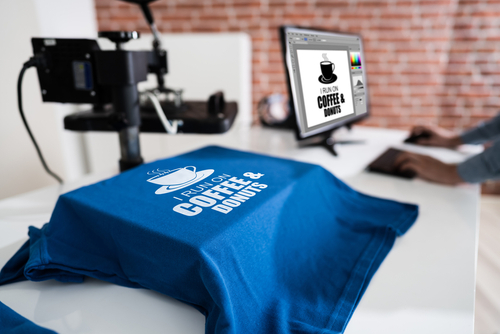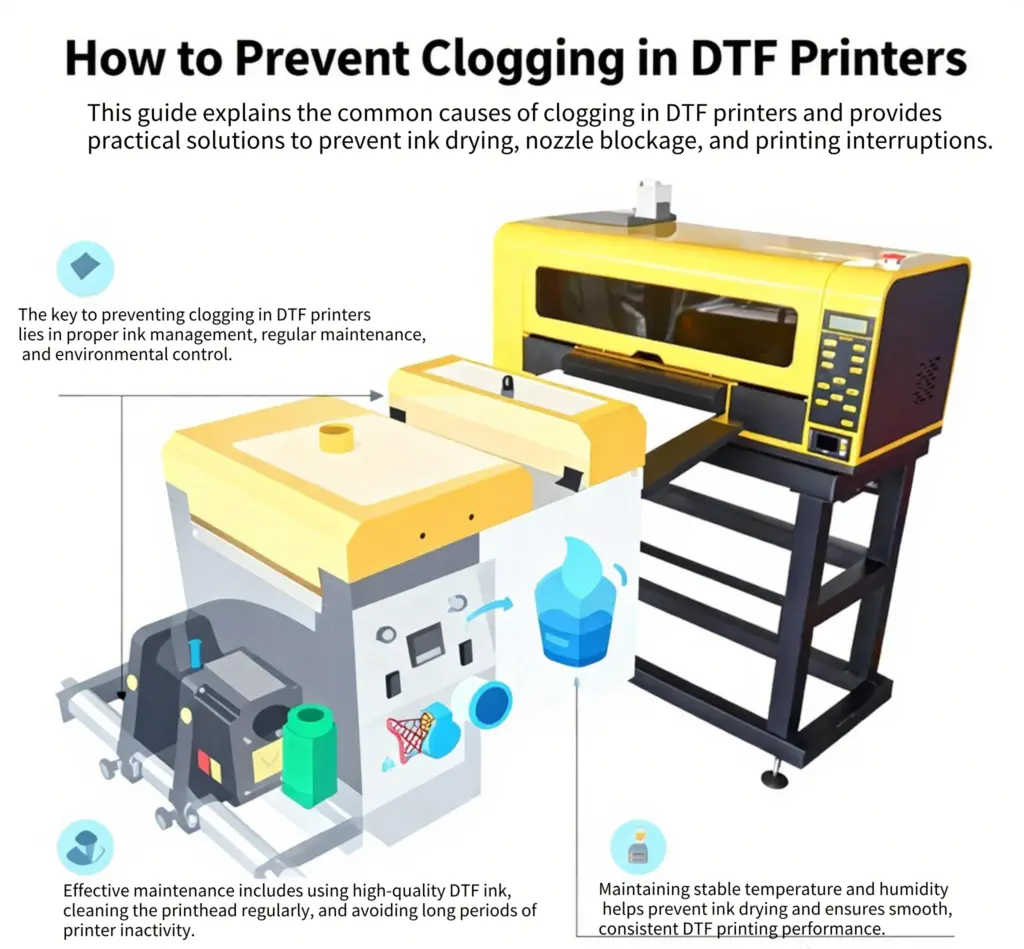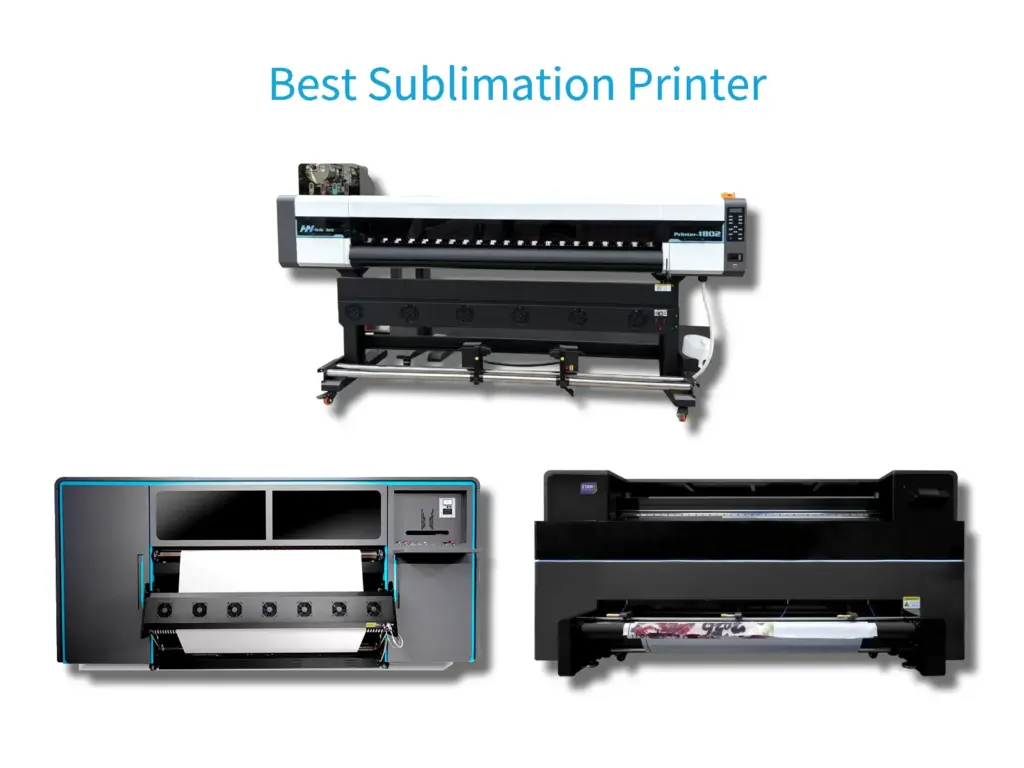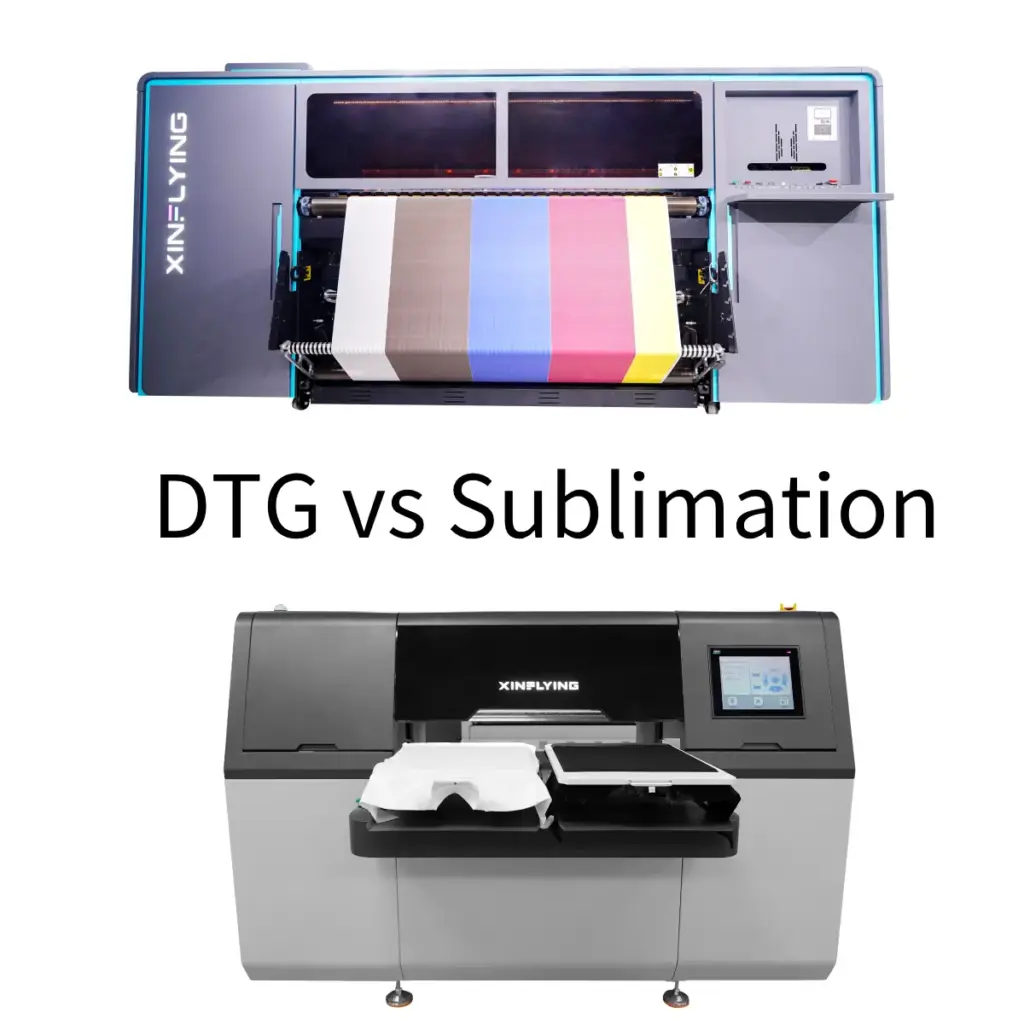الطباعة على القماش هي فن تطور بشكل كبير على مر السنين, تقديم مجموعة متنوعة من التقنيات لإضفاء الحيوية على التصاميم. سواء كنت تصنع قمصانًا مخصصة, تصميم الأقمشة للأزياء, أو إنتاج مواد ترويجية, يمكن لتقنيات طباعة المنسوجات التي تختارها أن تُحدث فرقًا كبيرًا في المنتج النهائي. سوف يتعمق هذا الدليل في 6 أنواع تقنيات الطباعة على القماش, استكشاف عملياتهم, التطبيقات, الايجابيات, وسلبيات لمساعدتك في اختيار أفضل طريقة لاحتياجاتك.
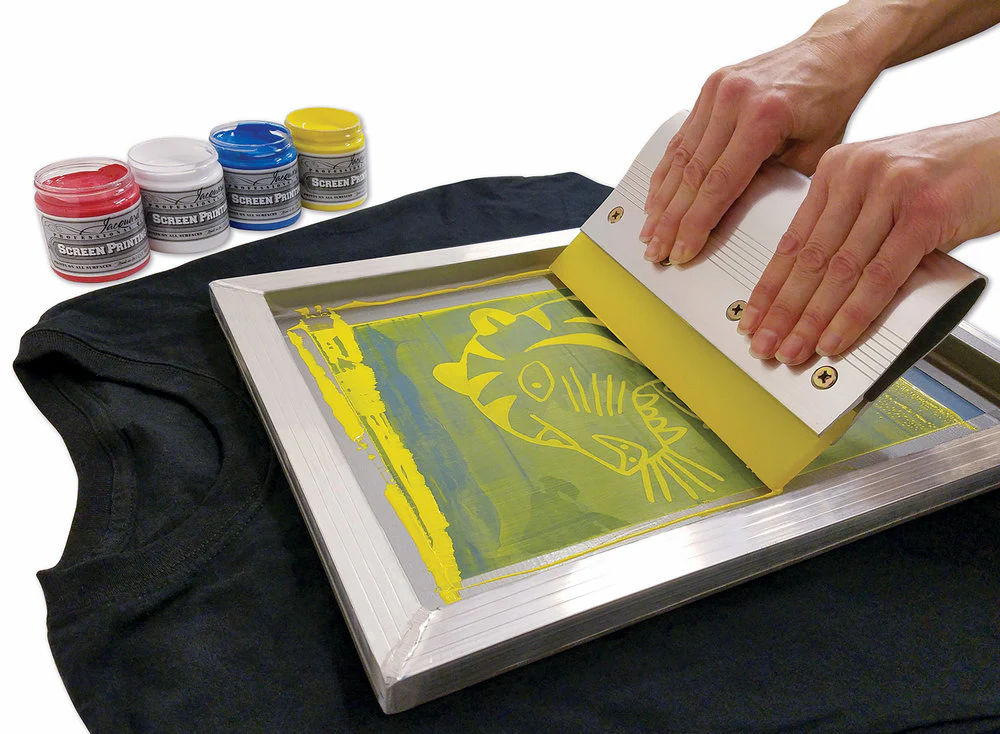
طباعة الشاشة
طباعة الشاشة هي واحدة من أقدم تقنيات طباعة الأقمشة وأكثرها استخدامًا. أنها تنطوي على إنشاء الاستنسل (أو الشاشة) واستخدامها لوضع طبقات من الحبر على سطح الطباعة.
عملية
تبدأ العملية بإنشاء استنسل على شاشة شبكية دقيقة. يتم بعد ذلك دفع الحبر عبر الشبكة إلى القماش باستخدام ممسحة مطاطية. يتطلب كل لون في التصميم شاشة منفصلة وطبقة من الحبر, مما يجعلها مناسبة للبسيطة, تصاميم جريئة.
التطبيقات
تعتبر طباعة الشاشة مثالية للطلبات كبيرة الحجم وتستخدم بشكل شائع للقمصان, حمل الحقائب, والملصقات. إنها تحظى بشعبية خاصة في صناعات الأزياء والترويج.
الايجابيات
- متانة: تنتج مطبوعات طويلة الأمد يمكنها تحمل الغسيل المتكرر.
- ألوان نابضة بالحياة: عروض غنية, الألوان النابضة بالحياة التي البوب.
- فعالة من حيث التكلفة: اقتصادية للكميات الكبيرة.
سلبيات
- وقت الإعداد: يتطلب وقتًا كبيرًا للإعداد, مما يجعلها أقل كفاءة للطلبات الصغيرة.
- تفاصيل محدودة: ليست مثالية للتصميمات ذات التفاصيل المعقدة أو الألوان المتعددة.

مباشرة إلى الملابس (دي تي جي) الطباعة
طباعة دي تي جي يستخدم تقنية نفث الحبر لطباعة التصاميم مباشرة على القماش. فكر في الأمر كطابعة نفث الحبر العملاقة للملابس.
عملية
يتم تحميل القماش في طابعة DTG, حيث يتم تطبيق الحبر مباشرة على السطح. ينقع الحبر في الألياف, خلق طباعة ناعمة ودائمة. هذه الطريقة رائعة للتصميمات التفصيلية والمتعددة الألوان.
التطبيقات
مثالية للطلبات الصغيرة والمتوسطة الحجم, تُستخدم طباعة DTG على نطاق واسع للقمصان المخصصة, وخاصة تلك ذات التصاميم المعقدة والملونة.
الايجابيات
- التفاصيل واللون: قادرة على طباعة صور عالية الدقة مع طيف ألوان واسع.
- لا توجد تكلفة الإعداد: مثالية للدفعات الصغيرة والطلبات المخصصة.
- لمسة نهائية ناعمة: تنتج مطبوعات ناعمة الملمس.
سلبيات
- يكلف: تكلفة أعلى لكل وحدة للطلبات الأكبر.
- سرعة أبطأ: أوقات إنتاج أبطأ مقارنة بطباعة الشاشة.

مباشرة إلى الفيلم (دتف) الطباعة
من بين الأنواع المختلفة لتقنيات طباعة القماش, طباعة دي تي إف تبرز بسبب تنوعها. تتضمن طباعة DTF طباعة التصميم على فيلم خاص, ثم يتم نقلها بعد ذلك إلى القماش باستخدام الحرارة والمسحوق اللاصق.
عملية
تتم طباعة التصاميم على فيلم PET باستخدام طابعة DTF خاصة. الفيلم المطبوع مطلي بمسحوق لاصق, ذاب, ثم يتم نقلها إلى القماش باستخدام الضغط الحراري.
التطبيقات
طباعة DTF متعددة الاستخدامات, مناسبة لمختلف الأقمشة, بما في ذلك القطن, البوليستر, ويمزج. غالبًا ما يتم استخدامه للملابس المخصصة والمواد الترويجية.
الايجابيات
- براعه: يمكن الطباعة على مجموعة واسعة من المواد.
- التفاصيل: يتعامل مع التصاميم المفصلة والمتعددة الألوان بشكل جيد.
- متانة: تنتج مطبوعات متينة تقاوم التشقق والبهتان.
سلبيات
- تعقيد: يتطلب خطوات متعددة والتحكم الدقيق.
- يكلف: يمكن أن يكون الإعداد الأولي والمواد مكلفة.
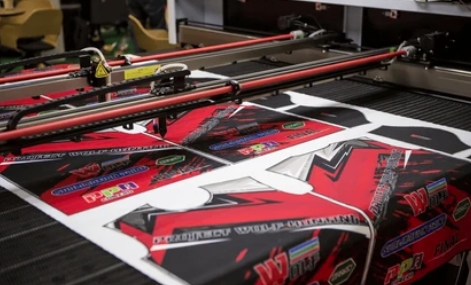
الطباعة التسامي
الطباعة التسامي يستخدم الحرارة لنقل الصبغة إلى القماش, مما أدى إلى تصاميم نابضة بالحياة ودائمة.
عملية
تتم طباعة التصميم على ورق التسامي الخاص باستخدام حبر التسامي. يتم تطبيق الحرارة والضغط لنقل الصبغة من الورق إلى القماش, حيث ترتبط على المستوى الجزيئي.
التطبيقات
الأنسب للأقمشة المصنوعة من البوليستر والبوليمر, تُستخدم الطباعة بالتسامي بشكل شائع في الملابس الرياضية, أعلام, والمواد الترويجية المخصصة.
الايجابيات
- ألوان نابضة بالحياة: تنتج مشرقة, نابضة بالحياة, والألوان الدائمة.
- الطباعة الشاملة: مثالية للمطبوعات ذات التغطية الكاملة.
- متانة: التصميمات متينة ولن تتشقق, قشر, أو تتلاشى.
سلبيات
- حدود النسيج: يقتصر على الأسطح المطلية بالبوليستر أو البوليمر.
- يكلف: يمكن أن تكون باهظة الثمن بسبب المواد المتخصصة.
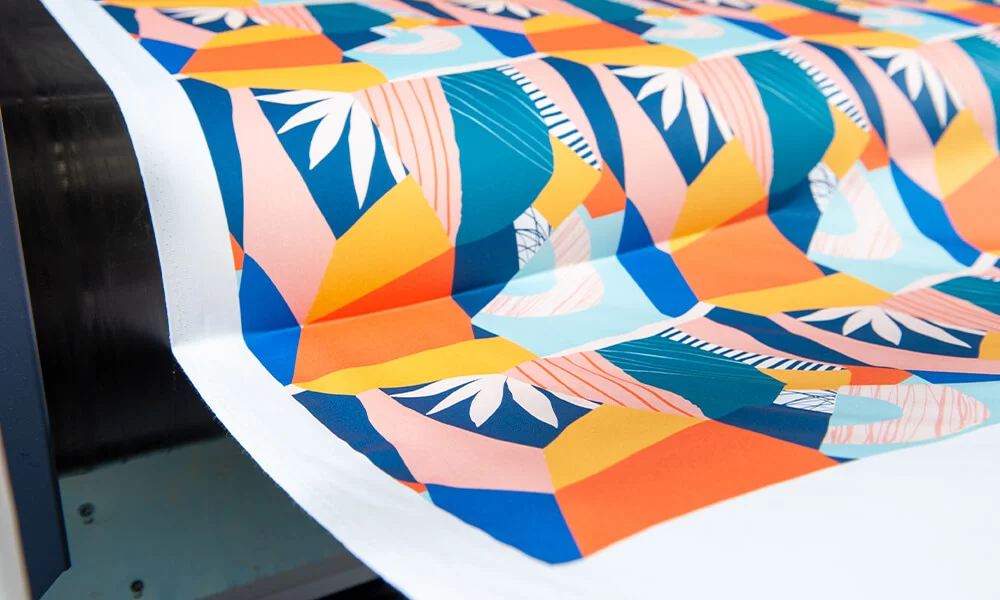
الطباعة الصباغ
تستخدم الطباعة الصبغية أحبارًا مصبوغة توضع فوق ألياف القماش, بدلاً من النقع.
عملية
تتم طباعة التصميم مباشرة على القماش باستخدام طابعة مزودة بأحبار مصبوغة. بعد الطباعة, عادة ما يتم ضبط القماش بالحرارة لإصلاح الصبغة.
التطبيقات
مثالية لكل من الأقمشة الطبيعية والاصطناعية, تستخدم الطباعة الصبغية في الموضة, المنسوجات المنزلية, والملابس المخصصة.
الايجابيات
- براعه: مناسبة لمجموعة واسعة من الأقمشة.
- ثبات اللون: يوفر ثبات جيد للألوان ومتانة عند الغسيل.
- التفاصيل: قادرة على طباعة التفاصيل الدقيقة والألوان النابضة بالحياة.
سلبيات
- نَسِيج: يمكن أن تكون المطبوعات قاسية على سطح القماش.
- يتلاشى: قد تتلاشى الألوان بشكل أسرع من الطرق الأخرى إذا لم يتم إصلاحها بشكل صحيح.
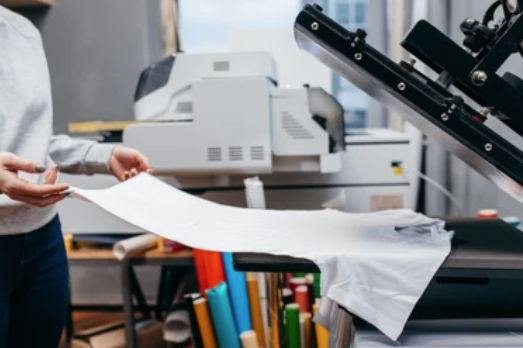
فينيل ناقل للحرارة (إتش تي في) الطباعة
تتضمن طباعة HTV قطع التصميمات من صفائح الفينيل وضغطها بالحرارة على القماش.
عملية
يتم قطع التصميمات من صفائح الفينيل باستخدام الراسمة أو القاطع. تتم بعد ذلك إزالة الأعشاب من الفينيل المقطوع لإزالة المواد الزائدة وضغطه بالحرارة على القماش.
التطبيقات
تستخدم عادة للملابس الرياضية, قمصان مخصصة, والمواد الترويجية, تعد طباعة HTV متعددة الاستخدامات وشائعة للتصميمات الفريدة والمدى القصير.
الايجابيات
- متانة: تنتج مطبوعات متينة وقابلة للغسل.
- براعه: متوفر في مجموعة متنوعة من الألوان والتشطيبات, بما في ذلك المعدن والبريق.
- سهولة الاستعمال: عملية بسيطة لا تتطلب إعدادًا مكثفًا.
سلبيات
- نَسِيج: قد تبدو مطبوعات الفينيل ثقيلة وقاسية.
- تفاصيل محدودة: ليست مثالية للتصميمات المفصلة للغاية أو متعددة الألوان.
ما هي طرق الطباعة التي يجب عليك اختيارها؟?
يعتمد اختيار طريقة طباعة القماش المناسبة على احتياجاتك الخاصة. النظر في نوع القماش, تعقيد التصميم, حجم الطلب, والميزانية.
طباعة الشاشة يعد أمرًا رائعًا للدفعات الكبيرة ذات التصميمات البسيطة, بينما دي تي جي مثالي للمطبوعات المخصصة المفصلة والملونة. دتف يوفر تنوعًا عبر الأقمشة, يوفر التسامي ألوانًا نابضة بالحياة للبوليستر, الطباعة الصباغ يعمل بشكل جيد لمجموعة متنوعة من المواد, و إتش تي في ممتاز للمتانة, مطبوعات مخصصة.
خاتمة
قد يكون التنقل في عالم طباعة الأقمشة أمرًا مرهقًا, لكن فهم إيجابيات وسلبيات الطرق المختلفة للطباعة على القماش يمكن أن يرشدك إلى الخيار الأفضل لمشروعك. سواء كنت تبحث عن حيوية, مطبوعات متينة أو حلول فعالة من حيث التكلفة للطلبات الكبيرة, هناك تقنية طباعة تناسب احتياجاتك. النظر في نوع القماش الخاص بك, تفاصيل التصميم, وحجم الإنتاج لاتخاذ قرار مستنير من شأنه أن يبث الحياة في رؤيتك الإبداعية.
الأسئلة الشائعة
1. ما هي طريقة الطباعة على القماش الأكثر دواما?
تُعرف طباعة الشاشة وطباعة التسامي بمتانتها, يتحمل عمليات الغسيل المتعددة دون أن يبهت أو يتشقق بشكل كبير.
2. هل يمكنني استخدام طباعة DTF على أي قماش؟?
تعد طباعة DTF متعددة الاستخدامات ويمكن استخدامها على مجموعة واسعة من الأقمشة, بما في ذلك القطن, البوليستر, ويمزج.
3. ما هي أفضل طريقة للطباعة المعقدة, تصاميم متعددة الألوان?
تعتبر طباعة DTG مثالية للتصميمات التفصيلية والمتعددة الألوان, تقديم دقة عالية وألوان نابضة بالحياة.
4. هل تقتصر الطباعة بالتسامي على أقمشة معينة؟?
نعم, تعمل الطباعة بالتسامي بشكل أفضل على الأقمشة المصنوعة من البوليستر والبوليمر نظرًا لعملية الترابط المطلوبة لدمج الصبغة في المادة.
5. كيف يمكنني تقليل وقت الإعداد لطباعة القماش?
تتمتع طرق مثل طباعة DTG وHTV بأوقات إعداد أقل مقارنة بطباعة الشاشة, مما يجعلها أكثر كفاءة للطلبات الصغيرة والتحولات السريعة.

